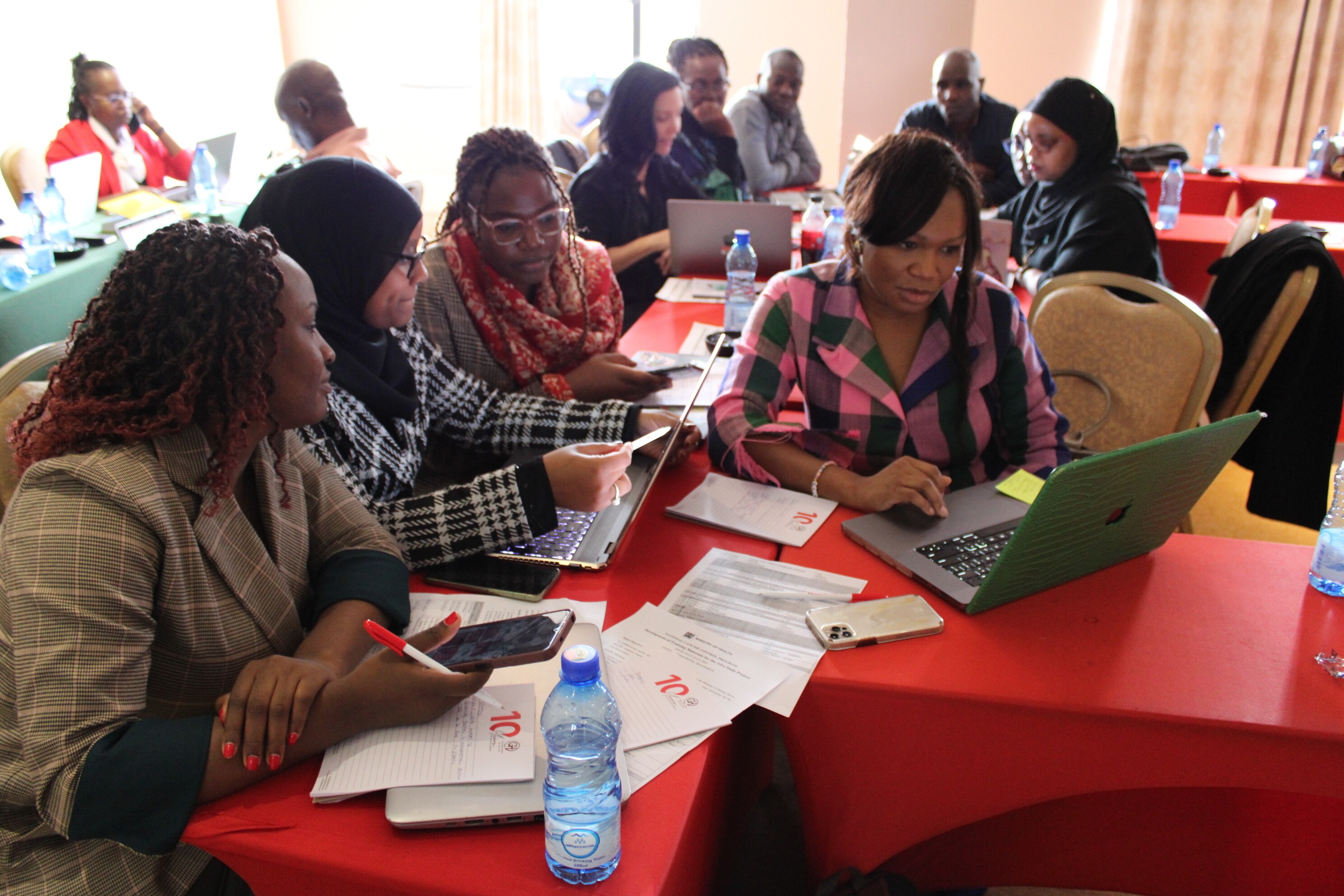The COVID-19 effect on the global gender gap: Measuring it is the first step towards closing it

Image: Photo by Standsome Worklifestyle on Unsplash
- The Global Gender Gap 2021 finds the impact of the COVID-19 pandemic has increased the gender gap by a generation from 99.5 years to 135.6 years.
- Research shows how the burden of childcare is falling on women disproportionately and this is a significant factor in the widening of other aspects of the gender gap.
- Measuring how women are experiencing the pandemic will be vital in getting us back on track to addressing the gender-based inequities that have been exacerbated by the pandemic.
Last year’s Global Gender Gap report offered insights into what drives the world’s gender pay gap. Among other factors, it showed the impact of the motherhood wage penalty and the fatherhood wage premium. It concluded, “an important step to closing the gender pay gap is the more equitable sharing of parental responsibilities between men and women.”
Research from PEW reiterated that while the gender gap had been closing, the greatest closure has been among women in high-managerial-skill jobs.
It should come as no surprise then that the COVID-19 pandemic has exacerbated the gender pay gap to the disadvantage of women with family responsibilities, due largely to the childcare and educational requirements imposed by COVID-related closures and lockdowns.
A widening childcare gap
Women are feeling the weight of an increased burden of care because of the pandemic. A study conducted by Ipsos with Newsy in the in the United States shows the gender gap for childcare responsibility is growing.
43% of parents surveyed in that study last year said they personally would handle most of their childcare responsibilities if schools were at least partially online or virtual. Another quarter said their partner or spouse would take on this role. Less than one in ten said they would rely on grandparents (3%), an ex-partner (2%), or another family member (8%). Just 7% said their child would be back in school full time, and very few parents said they’d hire a private teacher (3%).
When we look at these findings by gender, the motherhood penalty is undeniable. Women (62%) are twice as likely as men (26%) to say they will mostly handle their family’s childcare themselves. Men (39%) are nearly four times as likely as women (10%) to say their partner or spouse will mostly handle childcare responsibilities in their families and two times as likely as women to say another family member will do so (11% of men versus 5% of women).
What does the motherhood penalty translate to in terms of hours allocated to the task of childcare? Research by Ipsos for UN Women in 16 countries revealed that before COVID-19, the average time spent on childcare by women was approximately 26 hours per week; but since the pandemic began, they spend approximately 31 hours. Men, on the other hand, reported spending approximately 20 hours per week on childcare before the crisis, which has since increased to 24 hours. On average, women have added an extra 5.2 hours per week for childcare, compared to 3.5 extra hours for men, with the gender gap varying widely across countries.
This means that, in most countries, women are spending 30+ hours per week solely on childcare – almost equivalent to the average time spent at a full-time job.
”
The mental health gap
It would be difficult to pull apart the impact of multiple pressures on parents and their families due to COVID-driven increases in childcare responsibilities at home, but we do know that regardless of the relative contributions, it is causing higher levels of stress for women. In a survey conducted for the World Economic Forum, 80% of those employed report they have faced challenges as a result of the pandemic. These challenges include family pressures, feeling lonely and isolated, and employer-related issues such as job security.
Working women were slightly more likely than working men to have experienced stress due to changes in work routines and organization, stress due to family pressures, such as childcare and increased anxiety around job security. But when we look specifically at women with children at home, we find evidence of disproportionate pressure. 60% of women with children in the household experience stress due to family pressures, versus 34% of men. Women with children in the household are also more likely to report shifting their work responsibilities to unconventional hours.
While the pandemic has been a challenging for everyone, women report that the virus has been a more significant threat to many aspects of their lives and that they are being affected more from both a health and financial perspective than men. Women also report they are feeling mental strain more than men, with higher levels of frustration, loneliness and fear. These emotional penalties are building as the pandemic continues without resolution. This could explain why women are less convinced than men that the pandemic will end soon, and life will return to normal.

Living with COVID-19 for a year has not been easy and women have felt the emotional toll acutely. Over the course of the pandemic, there has been a roughly 10-point gap between men and women on whether their mental health has worsened in the past few weeks.

The emotional weight that comes with parenting has affected mothers more than fathers. At the one-year mark of the pandemic, 27% report that their mental health is getting worse week to week. Put another way, that is nearly twice as many mothers as fathers (16% of whom report worsening mental health in the same period, January through March 2021).
Measuring the gaps will help to close them
The pandemic has amplified many inequities in the world and has arrested and even reversed some previous progress. Women are facing unexpected and increasing challenges in the labour market, on the frontlines, and in the home. The pandemic has upended their belief in progress, safety and certainty. All of this is having a significant and disproportionate impact on their mental and emotional well-being.
Even with the emergence of effective vaccines and hope in the mid-term that the pandemic will start winding down, there are still wounds that will take time to heal. One of these wounds is a widened wage gender gap. Continuing to measure how women are experiencing the pandemic will be vital in getting us back on track to addressing the gender-based inequities that have been exacerbated by the pandemic.
Don't miss any update on this topic
Create a free account and access your personalized content collection with our latest publications and analyses.
License and Republishing
World Economic Forum articles may be republished in accordance with the Creative Commons Attribution-NonCommercial-NoDerivatives 4.0 International Public License, and in accordance with our Terms of Use.
The views expressed in this article are those of the author alone and not the World Economic Forum.
Stay up to date:
SDG 05: Gender Equality
Related topics:
Forum Stories newsletter
Bringing you weekly curated insights and analysis on the global issues that matter.
More on Equity, Diversity and InclusionSee all
Sebastian Reiche
November 19, 2025







